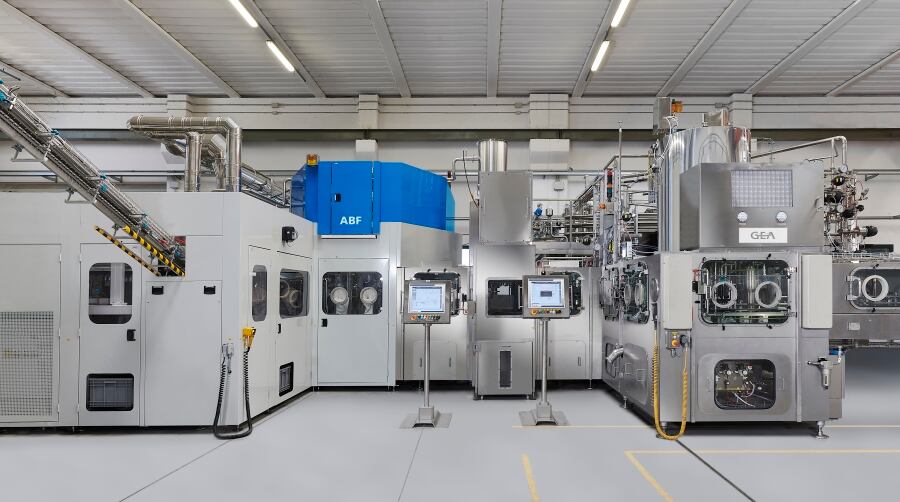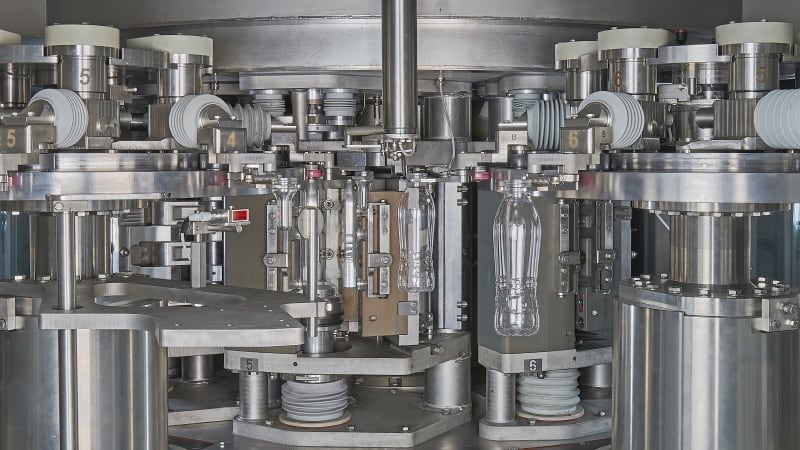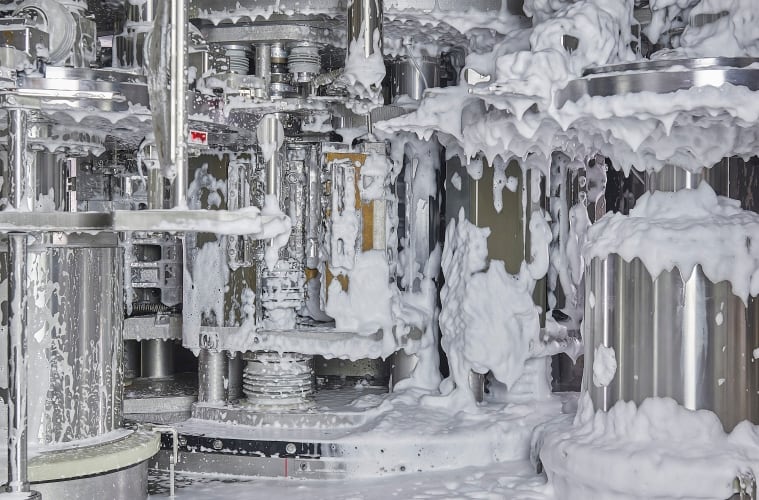ABF 2.0 is suitable for the filling of shelf-stable, sensitive beverages and milk-based drinks, using H2O2 for the sterilization of PET preforms.
With the ABF 2.0, GEA said it has optimized total cost of ownership (TCO) while enhancing control of key parameters to eliminate any potential risk to the product.
The ABF 2.0 can fill a full range of sensitive beverages including still, clear drinks with or without particles, and carbonated drinks - high or low acid.
In the 1990s, when aseptic systems were enclosed in large white rooms to fill in a sterile environment, GEA introduced the microbiological isolator, method of confining and minimizing the air volume to be kept in aseptic conditions around the filler to protect the product.

With the ABF technology launched in 2010, GEA combined the microbiological isolator and the aseptic stretch blow molder with the filler and capper module to create an entire system for product protection, which also reduced bottle weight, presented the option of developing increasingly complex and attractive bottle designs, and allowed for the elimination of air conveyors, bottle sterilization and rinsing turrets. The whole system was more compact than traditional aseptic technology and required fewer operators.
The new ABF 2.0 is an evolution from the original that includes mechanical improvements and simplifications. These reduce power consumption while eliminating any potential risk of contamination by ensuring every step of the sterilization process is planned, controlled and properly managed.
Every process parameter and critical point is monitored and traced to ensure reliable and repeatable sterilization performance. Smart sensors monitor spraying performance at each sterilization nozzle. This helps guarantee the safety and quality of the final product, with speed, accuracy and flexibility.
Unlike the original machine, the preform does not need to be turned along the transfer to the aseptic blower: this saves time and reduces maintenance costs. A new oven with optimized materials allows for fewer heating modules, which achieves a reduction in power usage and the overall oven footprint. The introduction of an air recovery system in the blowing module has also reduced power usage in that area.
The aseptic blowing wheel is located within the sterile zone with the filling and capping processes. This means the sterile container does not leave the sterile area until filling and capping is complete. This aseptic process ensures the environmental contamination level is always under control, GEA said.
The bottle caps are sterilized using GEA’s Sterilcap VHP R. This technology provides gentle sterilization treatment at reduced temperature to avoid overheating the caps and includes a buffer to optimize the overall equipment effectiveness of the line.

Most bottling plants handle a wide variety of products so GEA said it designed the format changeover system on the ABF 2.0 to be fast and simple.
The environmental cleaning and sterilization processes are automated and performed via a control panel without any manual manipulation from operators, which can represent a potential risk of contamination.

